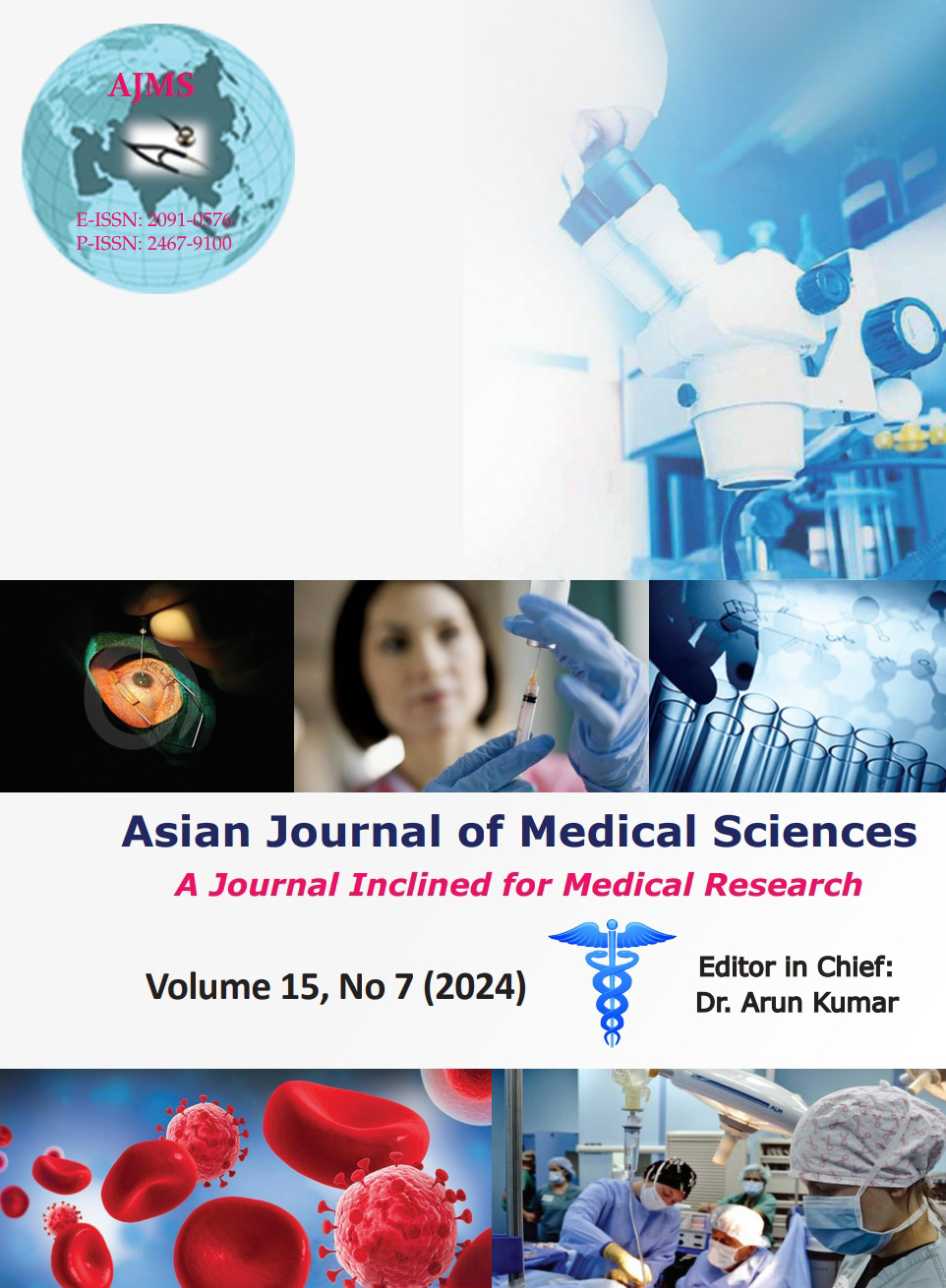Association between suction tip culture and surgical site infection in elective clean orthopedic lower limb surgeries
Keywords:
Surgical site infection; Drain tip; Culture; CommensalAbstract
Background: Surgical site infections (SSIs) can be caused by various factors, including contamination of the surgical field. Perioperative cultures can be employed in clean orthopedic procedures to detect bacterial contamination that may occur during surgery.
Aims and Objectives: The study aimed to evaluate the correlation between suction tip cultures and surgical wounds in clean orthopedic surgeries.
Materials and Methods: A cross-sectional study was conducted at Yenepoya Medical College Hospital, Mangalore, Karnataka, with 250 patients in whom drain tips were sent for culture and followed up for 3 months to assess for SSI. Skin commensals from the nasal and groin samples were analyzed for the presence of bacteria.
Results: A total of 250 patients meeting the inclusion and exclusion criteria were included. Thirty patients were positive for drain tip culture, and 12 (4.8%) patients had SSI during the 3rd month follow-up period, showing a statistically significant relationship between drain tip culture and SSIs (P=0.001). Skin commensals constituted 67% (nasal) and 100% in the groin of perioperative contaminants, accounting for 4.8% of SSIs.
Conclusion: Suction drain tip culture and skin commensal analysis may be good predictors of SSIs. Intraoperative surgical site contaminants can be identified using perioperative cultures. Timely administration of suitable antibiotics and local wound care for perioperative contamination can help minimize the incidence of SSI.
Downloads
Downloads
Published
How to Cite
Issue
Section
License
Copyright (c) 2024 Asian Journal of Medical Sciences

This work is licensed under a Creative Commons Attribution-NonCommercial 4.0 International License.
Authors who publish with this journal agree to the following terms:
- The journal holds copyright and publishes the work under a Creative Commons CC-BY-NC license that permits use, distribution and reprduction in any medium, provided the original work is properly cited and is not used for commercial purposes. The journal should be recognised as the original publisher of this work.
- Authors are able to enter into separate, additional contractual arrangements for the non-exclusive distribution of the journal's published version of the work (e.g., post it to an institutional repository or publish it in a book), with an acknowledgement of its initial publication in this journal.
- Authors are permitted and encouraged to post their work online (e.g., in institutional repositories or on their website) prior to and during the submission process, as it can lead to productive exchanges, as well as earlier and greater citation of published work (See The Effect of Open Access).




